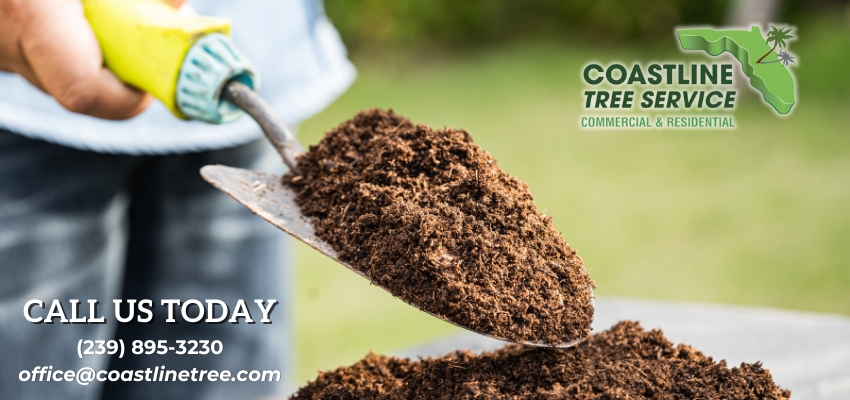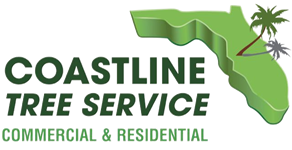
Nurturing SW Florida HOA Trees: Soil Secrets for Annual Care and Replanting
When it comes to tree maintenance and replanting, Homeowners Associations (HOAs) in Southwest Florida have unique challenges and opportunities. The region’s climate and soil types play crucial roles in the health and longevity of trees. This guide will provide you with detailed insights into the soil considerations that SW Florida HOAs should keep in mind during their annual tree maintenance and replanting activities.
Understanding Soil Types in Southwest Florida
Southwest Florida is characterized by a variety of soil types, each with distinct properties that can significantly impact tree growth:
- Sandy Soils: Predominantly found in coastal areas, sandy soils are well-draining but often lack essential nutrients. Trees planted in sandy soils may require more frequent fertilization and irrigation.
- Loamy Soils: A mix of sand, silt, and clay, loamy soils are ideal for most trees due to their balanced drainage and nutrient-holding capacity.
- Clay Soils: These soils retain moisture well but can become compacted, leading to poor root development and oxygen deficiency. Proper aeration and organic matter incorporation are crucial.
- Calcareous Soils: High in calcium carbonate, these soils are alkaline and can cause nutrient imbalances. Selecting trees that tolerate higher pH levels is important.
- Marl: Often found in low-lying areas, marl soils are rich in lime and can also be waterlogged. Trees that can tolerate periodic flooding and high pH levels are suitable for these soils.
Key Considerations for Tree Maintenance and Replanting
1. Soil Testing
Before any tree planting or replanting, conducting a comprehensive soil test is essential. Soil tests reveal vital information about pH levels, nutrient content, and soil composition, enabling informed decisions about tree selection and soil amendments.
2. Choosing the Right Trees
Selecting tree species that are compatible with the specific soil type is crucial for long-term health and growth. Here are some tree species recommendations based on soil types:
- Sandy Soils: Live Oak (Quercus virginiana), Sand Pine (Pinus clausa)
- Loamy Soils: Southern Magnolia (Magnolia grandiflora), Bald Cypress (Taxodium distichum)
- Clay Soils: Red Maple (Acer rubrum), Sweetbay Magnolia (Magnolia virginiana)
- Calcareous Soils: Gumbo Limbo (Bursera simaruba), Dahoon Holly (Ilex cassine)
- Marl: Buttonwood (Conocarpus erectus), Pond Apple (Annona glabra)
3. Amending the Soil
Improving soil quality can greatly enhance tree growth. Consider the following amendments based on soil type:
- Sandy Soils: Incorporate organic matter such as compost or peat moss to improve nutrient retention and moisture-holding capacity.
- Clay Soils: Add gypsum to improve soil structure and aeration, and mix in organic matter to enhance drainage.
- Calcareous Soils: Use sulfur or acidic organic matter to lower pH levels, and ensure adequate micronutrients like iron and manganese are available.
4. Proper Planting Techniques
Planting trees correctly is vital for their establishment and growth. Follow these guidelines:
- Hole Depth and Width: Dig a hole that is 2-3 times wider than the root ball but no deeper than the height of the root ball to encourage lateral root spread.
- Backfilling: Use the original soil to backfill the hole, incorporating any necessary amendments. Avoid using only potting soil or foreign soil as this can create a “pot effect.”
- Mulching: Apply a 2-3 inch layer of mulch around the base of the tree, keeping it away from the trunk to prevent rot.
5. Watering Practices
Proper watering is critical, especially in the first few years after planting. Establish a watering schedule based on soil type:
- Sandy Soils: Water more frequently with smaller amounts to prevent leaching.
- Clay Soils: Water less frequently but deeply to encourage deep root growth and avoid waterlogging.
- Loamy Soils: Maintain a balanced watering schedule, adjusting based on weather conditions.
6. Fertilization
Based on soil test results, establish a fertilization routine that addresses nutrient deficiencies specific to your soil type. Organic fertilizers and slow-release formulations are often best for long-term health.
7. Monitoring and Maintenance
Regular monitoring and maintenance are crucial for tree health. This includes:
- Pruning: Remove dead or diseased branches and shape the tree as needed to promote healthy growth.
- Pest and Disease Control: Regularly inspect trees for signs of pests and diseases and take appropriate action when necessary.
- Soil Testing: Conduct periodic soil tests to monitor changes in soil conditions and adjust your maintenance practices accordingly.
Ready to optimize your HOA’s tree maintenance?
By understanding the unique soil types and considerations in Southwest Florida, HOAs can make informed decisions when maintaining and replanting trees. This not only ensures the health and longevity of trees but also enhances the aesthetic and environmental value of the community landscape. For expert assistance and personalized advice, consider partnering with a local tree service like Coastline Tree Service. We offer comprehensive tree care solutions tailored to the specific needs of Southwest Florida landscapes.
We proudly serve and offer tree canopy reduction services in Naples, Marco Island, Bonita Springs, Estero, Fort Myers, Fort Myers Beach, North Fort Myers, Cape Coral, Sanibel & Punta Gorda.
Give us a Call at: (239) 895-3230 or contact us online at:https://www.coastlinetree.com/contact-us/.
